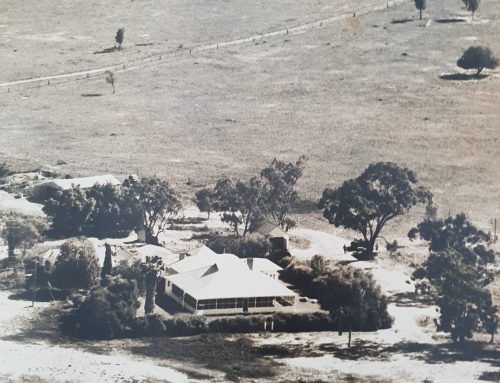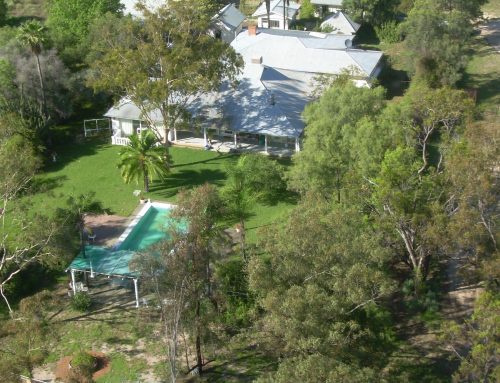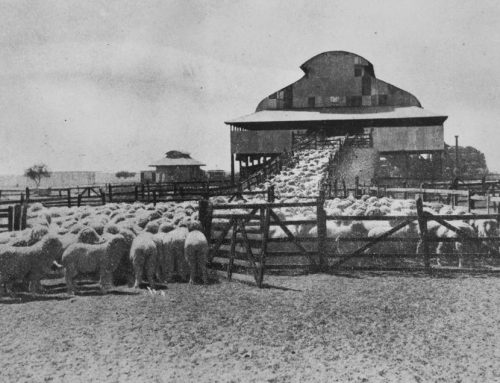Wouldn’t you think that after all the flood water we contended with earlier in the year and the eight inches of rain received early february that we would have had moisture ready to plant on a few weeks back. Our winter crop program – wheat, barley, chickpeas and faba beans, already substantially reduced thanks to the floods was on hold as we awaited rain and thankfully it came in a couple of storms early last week. While we began planting on Sunday, many of our cultivations were used as holding paddocks for cattle and sheep for a good four months while the floods were on. While this ensured the livestock were reasonably high and dry it left us with stock boggy fields and once everything had begun to dry, incredibly rough paddocks and soil compaction.
Those fields that were dry enough had to have the grizzly’s through them. These discs rip the soil and break up the hard pan caused by the stock. Next the Kelly Chains – at left (combination discs and harrows) were used to break up any hard clods and level the surface.
The cultivations we are now planting had moisture a good foot below the surface ten days ago and we’ve been waiting for that elusive 25 mm (1 inch) of rain to top up the soil profile. Good planting conditions involve a full moisture profile, moisture from the soil surface downwards. In the past we’ve used moisture seeking technology which comes in the form of very narrow points (gumbo points) that can penetrate deep into the soil, thereby allowing you to lay the seed directly into moisture. This year however because our acreage is reduced we decided to wait for better conditions. Last weekend we scooped 40 points (10mm), which was followed by another 35 points a day or so later. Having reached our mark it’s all systems go and I’m off to relieve on the Cat Challenger tractor. Bye…
PS. How things change. This is a view from the landcruiser heading through flood water before Christmas.








Leave A Comment